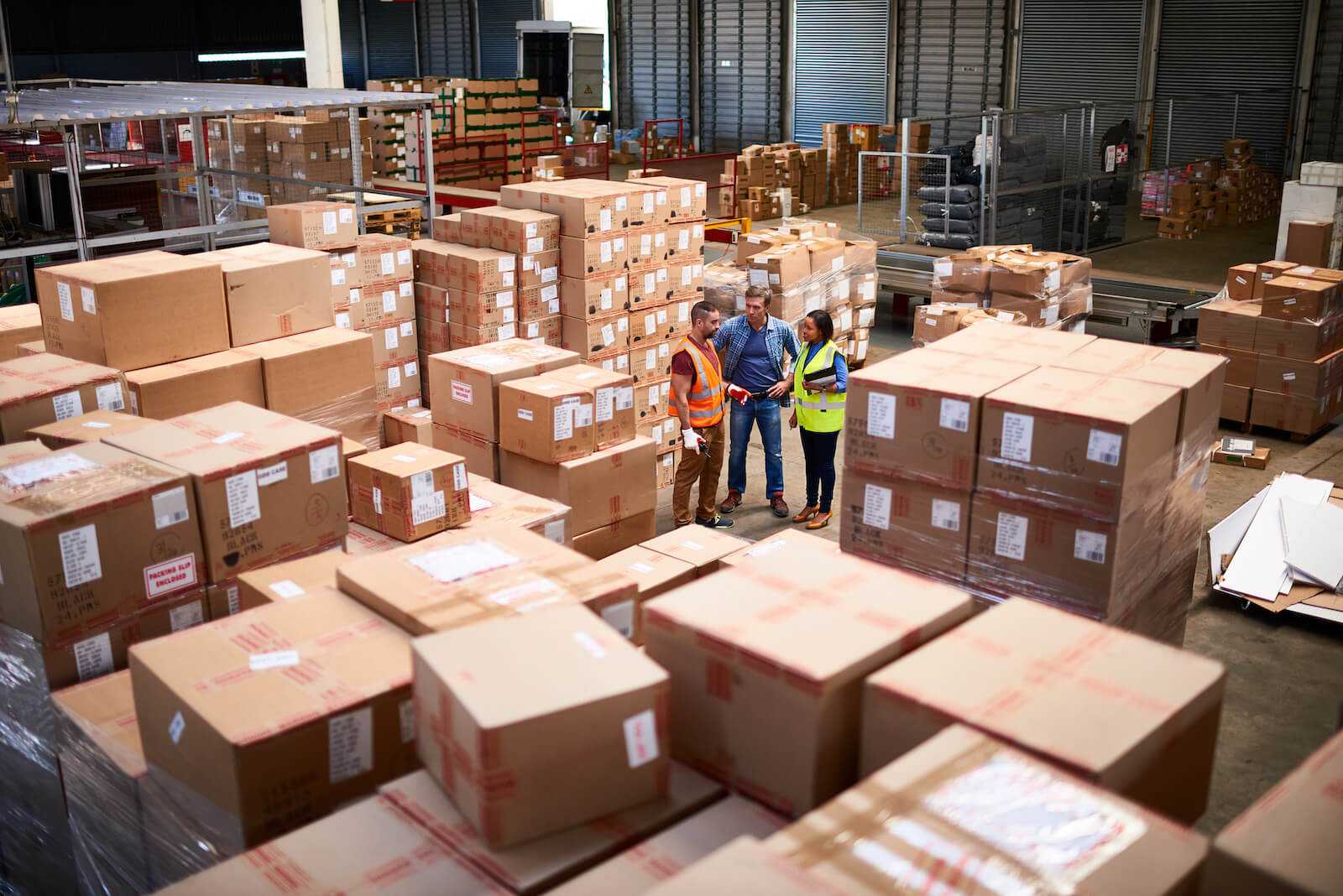As a business owner, it’s important to ensure that your warehouse operations are running efficiently to maximize profitability and customer satisfaction. One way to achieve this is through regular warehouse auditing. In this article, we’ll provide a step-by-step explanation of what to expect during a warehouse audit.
What is Warehouse Auditing?
Warehouse auditing is the process of reviewing and assessing the operations, inventory, safety procedures, and other relevant factors in a warehouse. The goal is to identify areas of improvement and potential risks that can impact the overall efficiency and safety of the warehouse.
Step-by-Step Explanation
Step 1: Pre-Audit Planning
Before the actual audit, a plan needs to be developed. This plan will outline the scope of the audit, the timeline, and the personnel involved. It’s important to identify the areas of focus during the audit, such as inventory accuracy, safety procedures, San Diego cross-docking, and any other relevant factors that need to be assessed.
Step 2: Assessment of Safety Procedures
The first step during the actual audit is to assess the safety procedures in place in the warehouse. This includes evaluating the use of personal protective equipment (PPE), the condition of the warehouse floor and equipment, the presence of safety signs, and the implementation of emergency response procedures. Any gaps or areas of improvement should be noted and addressed.
Step 3: Inventory Accuracy
The next step is to assess the accuracy of inventory records. This involves comparing physical inventory counts with the inventory records. The audit team will also review the procedures for receiving, storing, and shipping inventory to ensure that the correct procedures are followed, and any discrepancies are addressed.
Step 4: Cross-Docking Evaluation
If your warehouse implements cross-docking, the audit team will evaluate the process to ensure that it’s efficient and effective. This includes evaluating the procedures for receiving, sorting, and shipping goods, as well as the overall flow of the process.
Step 5: Lumping Services Assessment
The audit team will also assess the use of lumping services, which are services that assist in loading and unloading goods in the warehouse. This includes evaluating the procedures for managing these services and ensuring that they are implemented in a safe and efficient manner.
Step 6: Final Report and Recommendations
After completing the audit, the team will compile a final report that highlights the findings and recommendations. This report will outline the areas of improvement and the suggested corrective actions. The audit team may also provide guidance on implementing best practices and improving the overall efficiency of the warehouse operations.
The Final Note
Warehouse auditing in San Diego or any other place is a critical process that can help businesses identify areas of improvement and increase their overall efficiency and profitability. By implementing a consistent auditing system and following the steps that are outlined above, you can ensure that your warehouse operations are in compliance with safety regulations, that your inventory records are accurate and their overall efficiency is also maximized.










